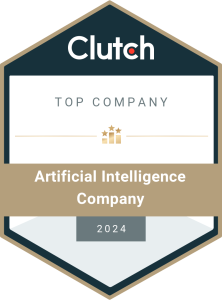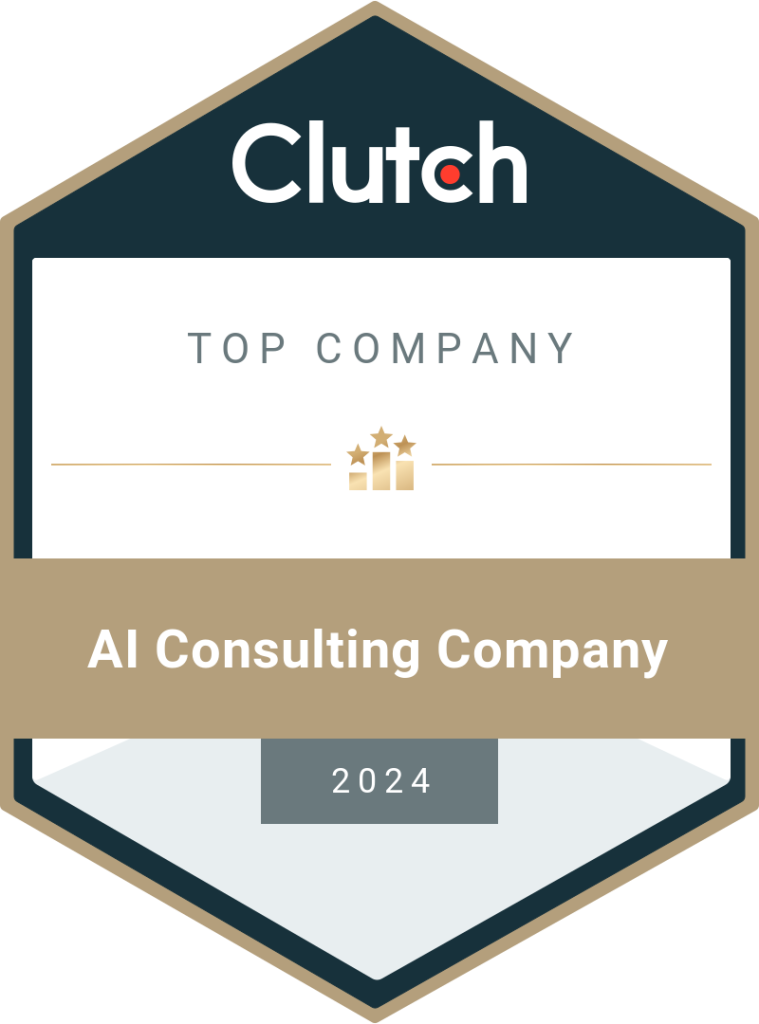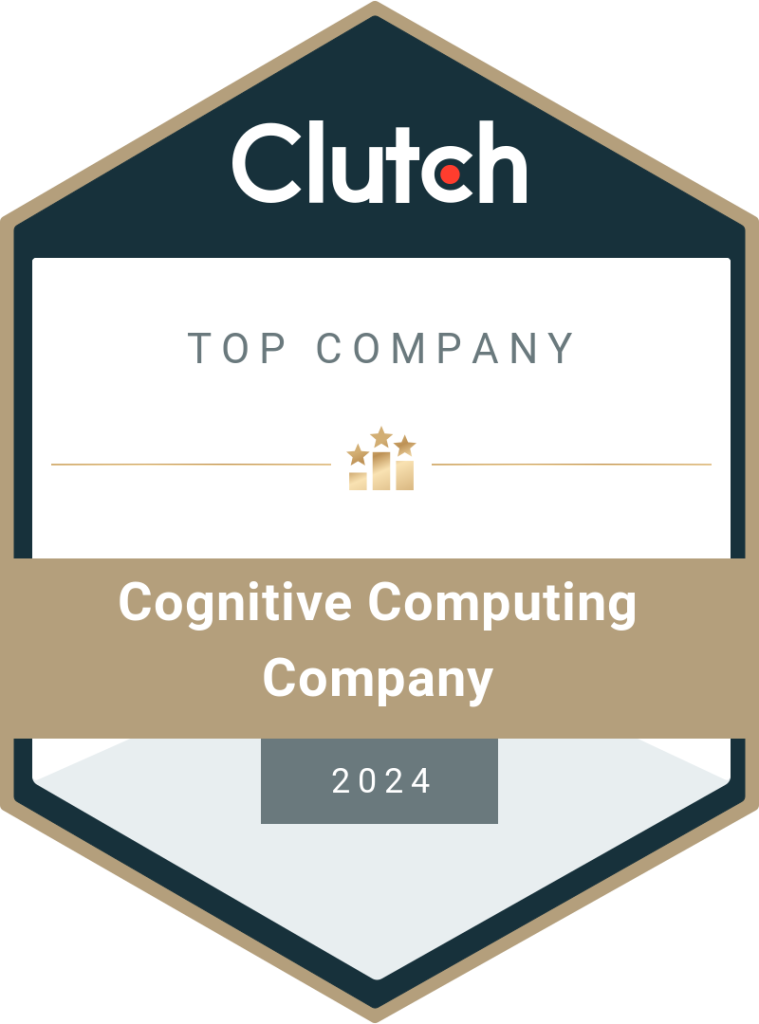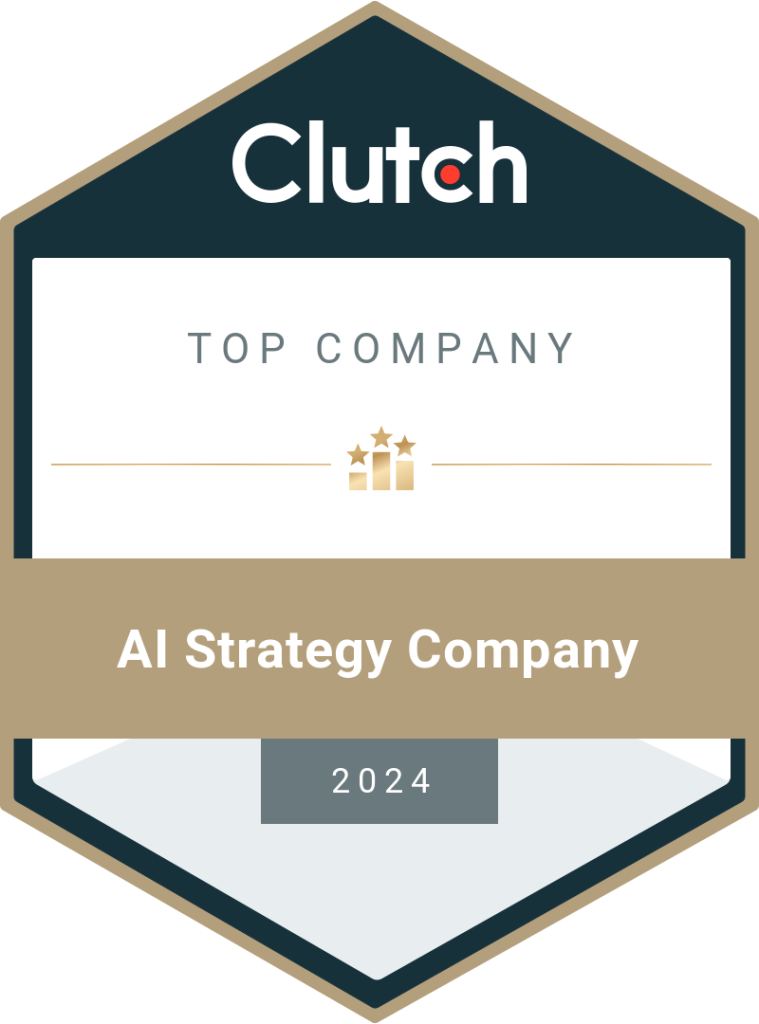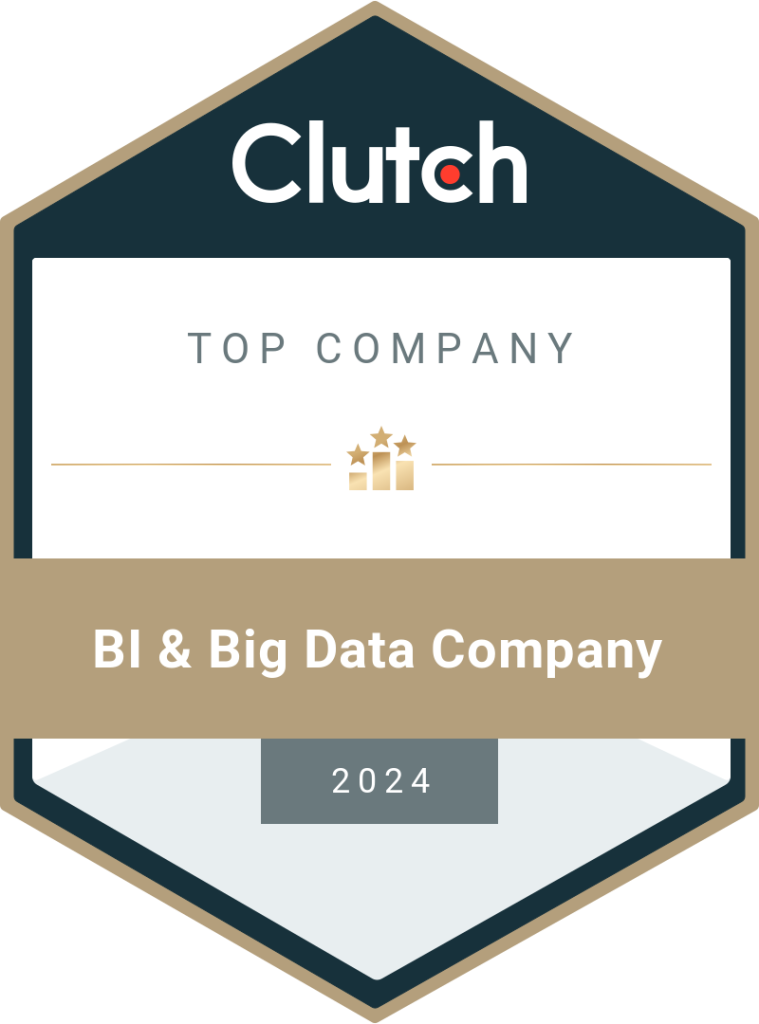Artificial Intelligence in Insurance – The Future of Risk Management
The intersection of artificial intelligence in insurance creates a new era of innovation. AI-powered technologies disrupt traditional insurance models, leading to more personalized, efficient, and affordable services. AI is currently being integrated at a soaring rate with Insurance. Around 77% of insurers incorporate AI in their operations this year compared to 61% in 2023. This is the case because AI presents the opportunity to bring radical improvements to the operational model that insurers use to design, price, distribute, and service their products. For example, the current use of robust AI solutions, such as LLMs, is planned by 67% of insurance organizations; the same can be said about future implementation. Opportunities for using generative AI are estimated at $15 billion in the insurance and finance industry by 2025 and at $32 billion by 2027. McKinsey thinks that, at most, Artificial Intelligence could contribute up to $1.1 trillion US dollars to the overall contribution of insurance to the annual global GDP. Insurers are just starting to identify insights and trends as digitalization speeds advance and the amount of data insurers potentially analyze increases. Artificial intelligence insurance companies are not just a trend in insurance but the reality of the business in the foreseeable future. But, why exactly is the topic of Artificial Intelligence in Insurance works? Let’s find out! How Artificial Intelligence in Insurance Works? Digital transformation in insurance is undergoing with the adoption of the Internet of Things (IoT), artificial intelligence (AI), robotics, and other advanced technologies, significantly changing operational methodologies. Here’s the AI is involved in the insurance process: Customer Services Traditionally, the insurance industry relies on human expertise and manual procedures, particularly for processing claims and issuing new policies. The growing use of consumer-connected devices—like cars, fitness trackers, home assistants, and smartphones—generates extensive data, enabling insurers to more accurately assess and understand current and potential customers’ needs. Claims AI in Insurance claims processing reduces time and costs for insurers. By quickly analyzing data and images, AI helps agents with accurate estimates and frees them to focus on more complex tasks. Underwriting and Pricing Automated underwriting solutions with AI help insurers set competitive rates and speed up pricing updates, leading to more personalized and efficient pricing. Sales AI boosts sales by creating new digital channels and integrating with sales tools, simplifying the process for agents and brokers and enhancing customer outreach. Fraud Detection AI insurance in fraud detection enables insurers to analyze vast amounts of data from diverse sources, assess risk factors, and spot anomalies. Advanced algorithms can identify suspicious activities and highlight claims that need further scrutiny, potentially catching issues that might be overlooked in human-only reviews. Risk Prevention AI analyzes historical data and market trends to effectively predict and manage risks. By examining IoT data and past claims, AI provides insights to prevent future issues and tailor risk management strategies. New Products and Channels Insurance products are developed faster with the introduction of AI usage-based products like ‘pay as you drive,’ which change depending on driving behavior and conditions. Moreover, AI enables the delivery of innovative insurance solutions that can be specifically created for an individual based on his/her risk factors. Factors Driving Adoption Of Artificial Intelligence in Insurance AI-driven solutions are boosting insurers’ market share and profitability, driven by several key factors. Advancements in AI and Machine Learning Technologies Rapid progress in AI/ML development services is unlocking new data value. Large language modeling (LLM) allows insurers to streamline AI for insurance claims processing and enhance fraud detection. Generative AI, although in its early stages, combines data, tools, and reasoning to provide valuable insights, promising significant benefits for the insurance sector. Increased Availability of Diverse Data Sources The surge in diverse data sources offers more material for value extraction. Insurers increasingly use third-party data, including consumer credit, marketing information, social media activity, purchasing behavior, criminal records, past claims, and weather data. This supplemental data improves underwriting, risk modeling, claims processing, and marketing practices. Growing Demand for Enhanced Customer Service AI insurance chatbots and virtual assistants enable insurers to deliver prompt, personalized support around the clock. Natural language processing (NLP) powers these front-line solutions, providing continuous basic support and allowing human agents to handle more complex issues. Capabilities of Modern Cloud Data Platforms Modern cloud data platforms like Snowflake offer efficient, cost-effective data storage and processing. Supporting structured, semi-structured, and unstructured data, these platforms allow insurers to use diverse datasets for AI model training and refinement. Scalable compute power ensures effective management of insurance workflow automation. Benefits of Implementing Artificial Intelligence in Insurance Artificial Intelligence in the insurance sector offers benefits like reduced biases and streamlined processes but also faces challenges. It helps personalize coverage and detect fraud, yet lacks transparency and may inadvertently introduce new biases. 1. Reduction of Biases through AI Traditional insurance rates often consider personal factors like credit scores, income, education, occupation, and marital and homeowner status, which can disadvantage low-income buyers despite being unrelated to collision risk. Artificial intelligence insurance models can be trained to exclude these factors, thereby reducing biases. 2. Streamlined Insurance Processes with AI Intelligent automation in insurance enhances efficiency in the insurance sector by swiftly detecting fraudulent claims and expediting the underwriting process, which assesses potential customers’ risk levels. Utilizing historical data, Artificial intelligence insurance models can process new customer information and claims more quickly and cost-effectively than human employees. 3. Flexible Insurance Options Enabled by AI Wearable technology allows insurers to monitor driver behaviors for companies like Uber and Lyft. Safer driving habits can lead to lower premiums, and devices can activate insurance coverage only when drivers are active, reducing costs and providing coverage for service workers who would otherwise need personal policies. 4. Promotion of Safer Driving Habits Artificial intelligence and machine learning in the insurance industry can analyze data from connected devices to identify patterns in driving accidents or mishaps. Insurers can then offer recommendations to companies to reduce the frequency of accidents and costly claims. 5. Lack of Transparency in AI Models AI-based risk models,
Read More